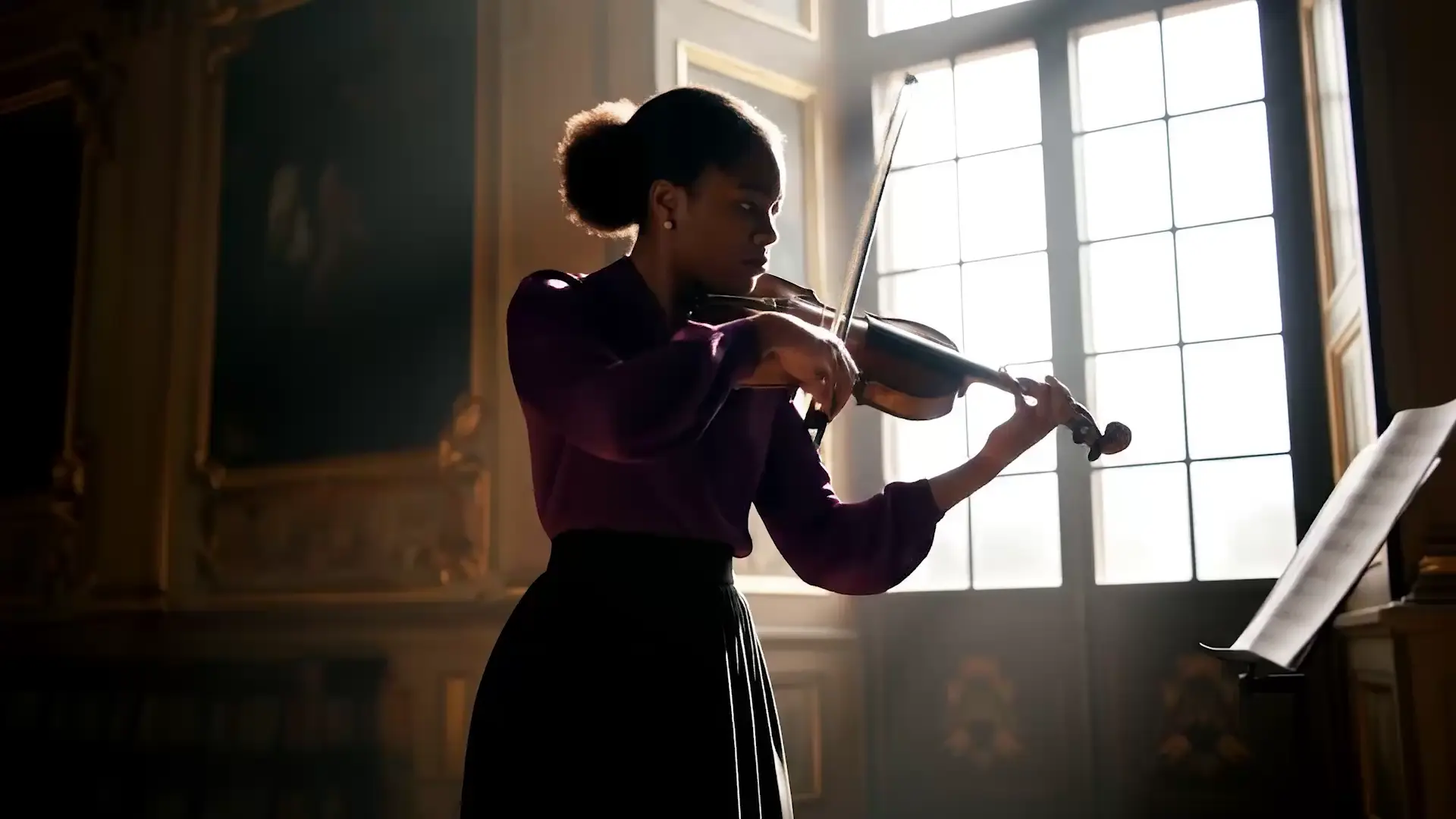veo-3-1/text-to-video
veo-3-1/text-to-video
Introduction to Veo 3.1 Text-to-Video
Unveiled in October 2025 by Google DeepMind, Veo 3.1 text-to-video introduces the next generation of intelligent video creation. Building on the capabilities of Veo 3, this update brings advanced realism, precise narrative control, and native synchronized audio. You can now produce longer, high-fidelity videos up to 60 seconds in native 1080p while maintaining character consistency and fluid scene transitions. Integrated with Google’s Flow platform, Veo 3.1 enhances cinematic storytelling through improved motion simulation, prompt adherence, and flexible format support, from widescreen narratives to vertical social stories. Veo 3.1 text-to-video empowers you to transform written prompts or reference images into rich, cinematic videos complete with lifelike audio and seamless continuity. Designed for creators, filmmakers, marketers, and enterprise teams, this tool lets you visualize multi-shot stories with professional sound, smooth camera moves, and narrative precision—accelerating your creative process while maintaining exceptional quality.
Examples Created with Veo 3.1








Veo 3.1 on X: Insights and Updates
Veo 3.1 YouTube Demos and Reactions















Frequently Asked Questions
What is Veo 3.1 and what makes its text-to-video capabilities special?
Veo 3.1 is Google DeepMind’s newest text-to-video model, allowing creators to generate 1080p videos directly from written prompts or images. It stands out for its ability to include synchronized audio, maintain character consistency, and produce realistic multi-scene storytelling sequences.
Who should use Veo 3.1 for text-to-video generation?
Veo 3.1 is designed for filmmakers, advertisers, and content creators who want to transform scripts into cinematic-quality clips using text-to-video generation. It’s especially useful for professionals seeking faster workflows with strong narrative control.
How much does Veo 3.1 cost to use for text-to-video creation?
You can access Veo 3.1 through Runcomfy’s AI playground using credits. New users receive complimentary credits for text-to-video generation, after which additional credits can be purchased under the platform’s standard pricing structure.
How does Veo 3.1 improve over Veo 3 in text-to-video performance?
Compared with the Veo 3 version, Veo 3.1 offers longer clips—up to around one minute—better prompt accuracy, and smoother motion realism in its text-to-video output. It also includes richer native audio and enhanced camera movement control features.
Does Veo 3.1’s text-to-video model support audio in generated clips?
Yes, Veo 3.1 includes integrated audio generation in its text-to-video system. The model can create synchronized dialogue, ambient noise, and effects aligned precisely with on-screen motion and lip movements for a natural cinematic experience.
Can Veo 3.1 handle vertical or social media video formats in text-to-video projects?
Veo 3.1 supports multiple aspect ratios, including vertical video layouts for social platforms, making the text-to-video tool ideal for mobile-first storytellers and marketers who create short-form content.
How can I access Veo 3.1’s text-to-video generator?
You can use Veo 3.1 through the Runcomfy AI playground website after logging in. Once there, simply enter a prompt or upload a reference image to begin generating a video using the text-to-video feature.
What kinds of inputs and outputs are supported by Veo 3.1 for text-to-video creation?
Veo 3.1 accepts text prompts and reference images as inputs. Its output is a high-definition 1080p video complete with synchronized sound, making the text-to-video pipeline both flexible and production-ready.
Are there any limitations or caveats when using Veo 3.1’s text-to-video feature?
While Veo 3.1 offers significant realism and control, users should note that extremely complex or ambiguous text prompts might still yield imperfect motion or scene transitions. It’s optimized for short narrative text-to-video sequences under 60 seconds.
